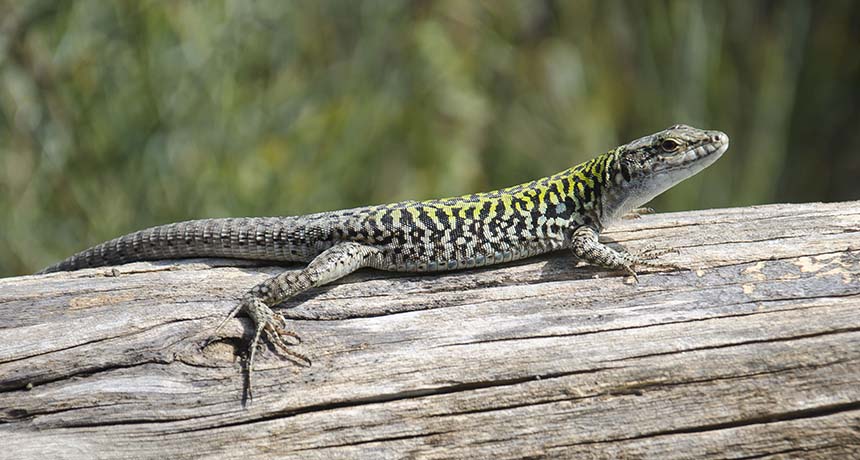Size matters to lizards, but numbers may not

Tests in Italian ruin or wall lizards suggests that the reptiles can assess dinner based on volume differences between two food ideas but not on the number of food items available.
pjt56/Wikimedia Commons (CC BY-SA 3.0)






